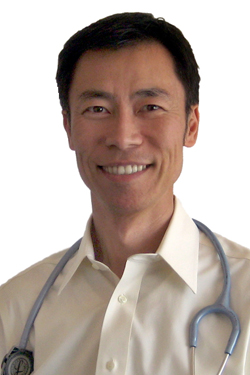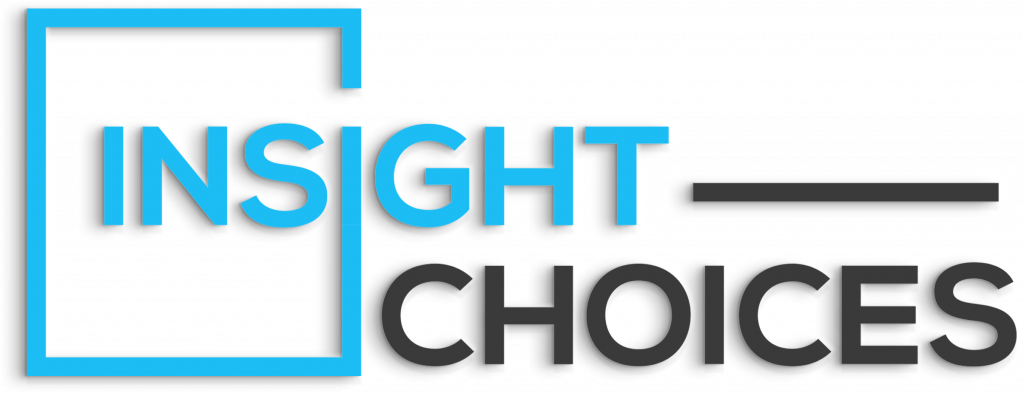We often wait for something to go wrong before taking action for our health. But what if the secret to looking after our communities is anticipating the issue before it starts?
That’s precisely what National Prevention Week (NPW) is all about.
Held from May 11–17, 2025, the country takes time to recognize the strength of prevention. Led by SAMHSA (Substance Abuse and Mental Health Services Administration), the week is more than just an observance. It’s a national movement urginig proactive action to support mental well-being at every level – individual, family, school, and community.
At a time when stress, loneliness, and substance misuse are rising even higher, prevention has never been more crucial. But prevention doesn’t have to feel like a burden. It can be empowering, inspiring, and community-driven.
At Insight Choices, we dont just respond to crisis – we work to prevent it from ever occuring through::
- Education in the community
- Mental wellness support
- Early intervention
We strive to make prevention accessible, personal, and attainable.
Because everyone deserves the tools to thrive, not just survive.
Understanding National Prevention Week
So, what exactly is National Prevention Week?
At its core, NPW is a call to action to raise awareness about the prevention of substance use and mental health promotion. But it’s not just facts. It’s a movement—a movement of people who come together to shine a light on the individuals, programs, and narratives creating healthier futures, one act of prevention at a time.
The objectives of the week are straightforward but effective:
- Engage the public in prevention efforts and demonstrate their impact.
- Honor the people and organizations leading change in schools and communities.
- Inspire people to share their stories and promote hope and resilience.
Each day of NPW highlights a central theme to encourage conversation and action:
- Youth Substance Use Prevention: Equipping youth with the skills and confidence necessary to make healthy choices.
- Mental Health and Wellness: Fostering habits and tools that build emotional strength.
- Community Involvement: Empowering families, schools, and neighborhoods to create safe and connected environments.
These everyday themes are not conversation starters. They’re invitations to be present, to voice up, and to belong to something greater than ourselves.
Engaging with NPW: Activities and Resources
You may be asking: How can I get involved?
The best news is that NPW is for all of us, whether you’re a student, parent, teacher, or local business owner. No action is too small, and every step in the right direction matters.
Here are simple, meaningful ways to get involved:
- Host or participate in local events. Examples include community health fairs, school workshops, neighborhood walks, or panel discussions. These events provide space for connection and learning.
- Use SAMHSA’s NPW Toolkit: This downloadable, free guide is full of planning advice, promotional materials, and innovative activity ideas to make it easy to organize. Play Prevention Bingo: Yes. It’s an entertaining, interactive way to get into healthy habits, such as texting a friend to catch up or taking a 10-minute mindfulness pause.
- Share your story: The #MyPreventionStory campaign encourages individuals to share their prevention story. It may be about mental health awareness week, sobriety, or community activism; your voice can motivate another to take that first step.
- Post on social media: At times, awareness begins with a single post. Use hashtags such as #NationalPreventionWeek and #MyPreventionStory to raise awareness and credit others working towards it.
Prevention is strong when it’s seen. These little things ignite sparks. And when there are enough sparks, they ignite lasting change.
The Role of Insight Choices in Prevention
Insight Choices believes that prevention is about access, education, and empathy. And we live that belief every day.
Our approach is hands-on and heart-led. We work alongside schools, families, and local leaders to make prevention possible and personal.
Here’s how:
- We provide educational workshops on mental health literacy, substance use awareness, and emotional resilience.
- We offer therapeutic services designed to catch issues early. Whether it’s counseling for:
- A stressed-out teen
- Coaching for overwhelmed parents,
- Support groups for young adults navigating pressure and uncertainty.
- We collaborate with community organizations, from youth programs to public health initiatives, so prevention messages are reinforced everywhere kids and families show up.
But numbers and programs only tell part of the story. The real impact lives in the moments:
Like the middle schooler who used a coping skill from a workshop to manage their anxiety instead of acting out.
Or the single parent who finally felt empowered to have a hard time after attending one of our prevention groups. But a healing conversation with their child.
Prevention doesn’t always look dramatic. Sometimes it’s quiet. Sometimes it’s subtle.
But every time it works, it changes a life.
Prevention at Every Age: Reaching Youth, Adults & Families
Breaking a myth. Prevention isn’t just for children.
Early intervention is essential, but individuals of all ages require support. Prevention takes a different form depending on the population you’re serving, and that’s why our methods have to be personalized. Not a single solution fits all.
For youths and adolescents, it begins in schools and youth services. Consider:
- Social-emotional learning programs
- Peer mentorship programs
- School counselors with training in trauma-informed care
These initiatives give children the self-knowledge and emotional lexicon to manage. Before unhealthy habits set in.
For young adults, it’s stress management, community, and connection. College transitions, career ambiguity, and social pressure can activate unhealthy coping behaviors. Prevention in this case might look like:
- Peer support groups
- Campus wellness initiatives
- Mindfulness, self-advocacy, and digital boundary workshops
For parents and caregivers, prevention is empowerment through education:
- Learning to speak (and listen) to your children on complex subjects
- Knowing the early warning signs of drug use or mental health difficulties
- Creating supportive family habits that limit risk factors
There’s no “too soon” or “too late” for prevention. The aim is to catch people where they are. And move ahead from there.
Digital Prevention: Reaching People Where They Are
Let’s face it. If we want to meet people today, we often do so online.
Digital tools aren’t just add-ons. They’re essential. They let us reach those who might otherwise be left out: rural families, busy professionals, and young people glued to their phones.
Prevention today looks like:
- Social media campaigns that share bite-sized tips on stress relief, harm reduction, and emotional regulation.
- Telehealth prevention check-ins—accessible, confidential, and stigma-free.
- Apps that support sobriety and self-care, offering tracking tools, guided meditations, and community forums.
These tools aren’t replacements for human connection but powerful supplements. Especially for people who feel isolated or uncertain about seeking help in person.
Prevention in the digital age is about flexibility. It’s about showing up in their scroll with something real, human, and helpful.
Looking Beyond the Week: Making Prevention a Year-Round Practice
One week a year is a great start. But real change happens when prevention becomes a rhythm, not just a headline.
So what can you do the other 51 weeks of the year?
- Check in with yourself and others regularly. Mental health maintenance isn’t a luxury. It’s part of daily wellness.
- Create open dialogue in your family, school, or workplace. Make it normal to talk about feelings, fears, and challenges.
- Practice healthy habits consistently. Sleep, nutrition, movement, and boundaries are protective in more ways than we realize.
At Insight Choices, prevention isn’t just a seasonal campaign. It’s a year-round promise. We’re here before things get tough. We’re here when they do. And we’ll be here long after NPW wraps up. It helps individuals and communities build lasting resilience.
Conclusion: Building a Healthier Future Together
If there’s one truth to hold onto, it’s this:
Prevention works.
And when we share the responsibility. When schools, families, clinicians, and communities walk together. We can rewrite the story before the crisis becomes the headline.
National Prevention Week is more than an awareness week. It’s a movement rooted in hope, strengthened by community, and made real through action.
Insight Choices is proud to be part of that movement. We are pleased to stand beside every parent, educator, advocate, and young person who believes in a future where mental health is protected and substance use is preventable.
We invite you to participate in NPW this year. Tell your story, join a conversation, reach out for support, and share the support.
Because prevention starts with awareness, but it grows with you.
FAQs
- What is National Prevention Week?
National Prevention Week (NPW) is an annual observance by SAMHSA that promotes substance use prevention and mental health issues through community events and education.
- How can I participate in NPW?
You can join by attending local events, hosting awareness activities, sharing prevention messages on social media, or collaborating with schools and organizations.
- What resources are available to help plan prevention activities?
SAMHSA provides toolkits, planning guides, promotional materials, and activity ideas to support individuals and groups in organizing prevention-focused events.
- How does Insight Choices support prevention initiatives?
Insight Choices engages in education, outreach, and collaboration with community partners to raise awareness and provide early intervention resources.
- Why is community involvement significant in prevention?
Community involvement strengthens prevention efforts by fostering shared responsibility, building support networks, and creating environments that promote healthy choices.

Dr. Chang is a highly respected psychiatrist with extensive experience serving patients in the greater Los Angeles area. With a distinguished background in psychiatry, he has dedicated his career to advancing mental health care through both clinical practice and academic contributions.

